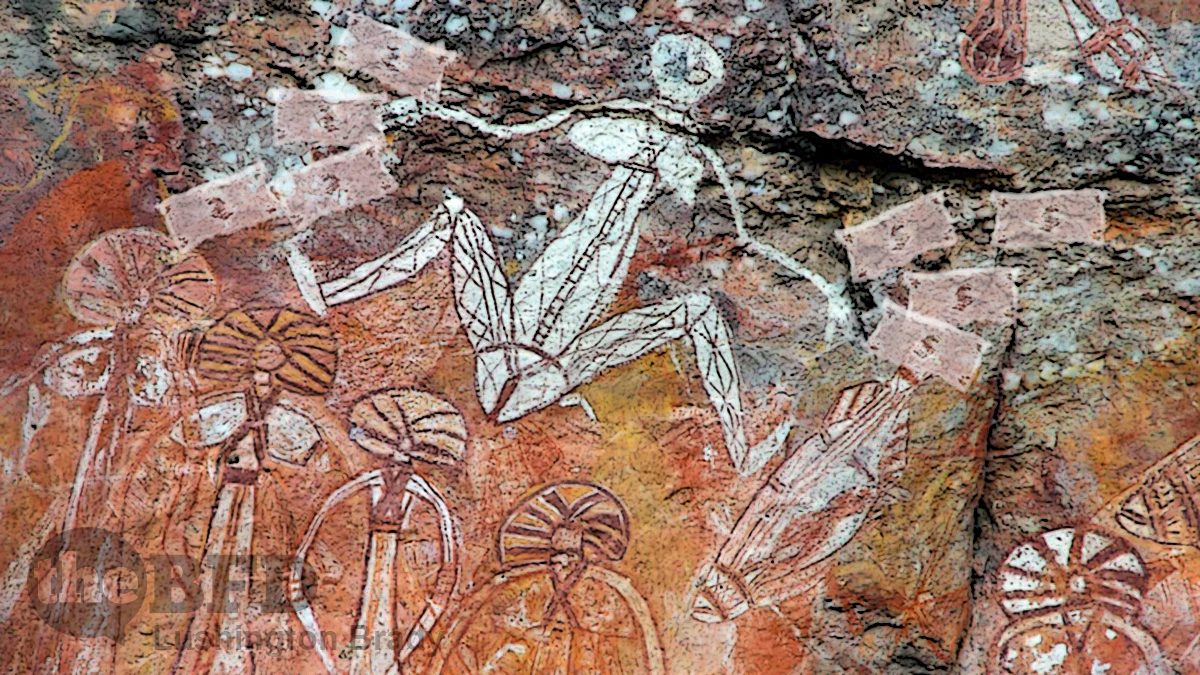OPINION
When challenged on why the Albanese government didn’t simply legislate an “Indigenous Voice” body, the answer is always, “So that it couldn’t be disbanded in the future, like ATSIC”.
In the first place, this contradicts the Yes campaign’s repeated claim that it’s “disinformation” that, once in the Constitution, it’s there for good. While, strictly technically, it would be feasible to repeal the Voice by another referendum, in practical terms that’s never going to happen. And the Yes camp know it.
They know that a Constitutionally-enshrined Voice is, for all practical purposes, permanent.
So, the question becomes, why does this body have to be permanent and untouchable? The reference to ATSIC, the former Aboriginal and Torres Strait Islander Commission, and its abolition, gives the answer.
ATSIC was abolished because it was endemically corrupt, and the plaything of tribal “big men”. Its chairman, Geoff Clark, was embroiled in historic rape allegations, and later convicted of obstructing police after a pub brawl. Despite supposedly being an elected represented body, fewer than 30% of eligible people voted in its elections. Worse, it failed its basic task of improving the lives of Aboriginal Australians, instead, becoming, in the words of former PM John Howard, “too preoccupied with… symbolic issues and too little concerned with delivering real outcomes for indigenous people”.
Hands up anyone who thinks a “Voice” would be any different?
I mean, it’s not like the ATSIC experience could happen again, right?
The Auditor-General has been urged to probe the alleged misuse of millions of dollars in taxpayer funds within Australia‘s largest Indigenous legal organisation, following explosive allegations of corruption and fraud amongst senior staff, two of whom are still employed.
Aaaaand, there it is.
The referral comes following extensive reporting in this masthead that revealed dozens of serious allegations of criminal conduct amongst NAAJA’s leadership team.
Those allegations included that finance chief Madhur Evans made a secret $20,000 payment into chairperson Colleen Rosas’ bank account, and former chief executive Priscilla Atkins used company funds to purchase artworks, flights, and vehicles including a $129,000 Range Rover.
NAAJA is currently receiving $83m over a five year period from the National Legal Assistance Partnership (NLAP), which is helmed by the federal government.
That’s quite a few well-funded Indigenous voices, already. And they’re panning out in an all-too-familiar pattern.
NAAJA conducts the lion’s share of Indigenous legal cases in the NT, where crime has increased by double digits in the past year. The organisation employs 200 workers across Darwin, Palmerston, Katherine, Alice Springs and Tennant Creek.
The Australian understands the NT Commission Against Corruption is investigating the allegations, many of which have come to light in a Federal Court case filed by Ms Atkins, who alleges she was fired from NAAJA after discovering the corrupt conduct of Ms Evans and Ms Rosas.
Ms Atkins claims Ms Rosas appointed her friends to senior positions within NAAJA, and requested her pay be given to her on a credit card so as not to alert the tax office and threaten her Centrelink pension.
Along with making the discreet $20,000 payment to Ms Rosas, Ms Atkins alleges Ms Evans left her mobile phone in offices to record unsuspecting colleagues, and bullied NAAJA workers […]
Sources believe NAAJA will spend up to $1m on the trial, after it recruited global firm King & Wood Mallesons to represent them.
The Australian
Just imagine if this was all Constitutionally-protected.

